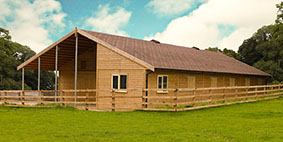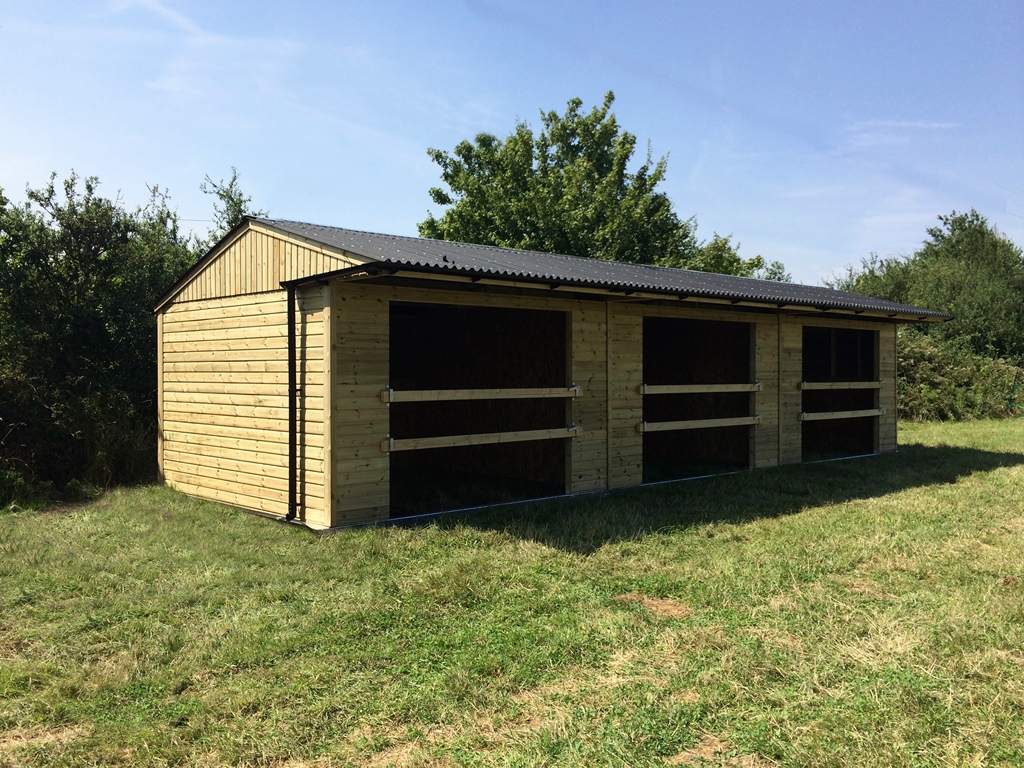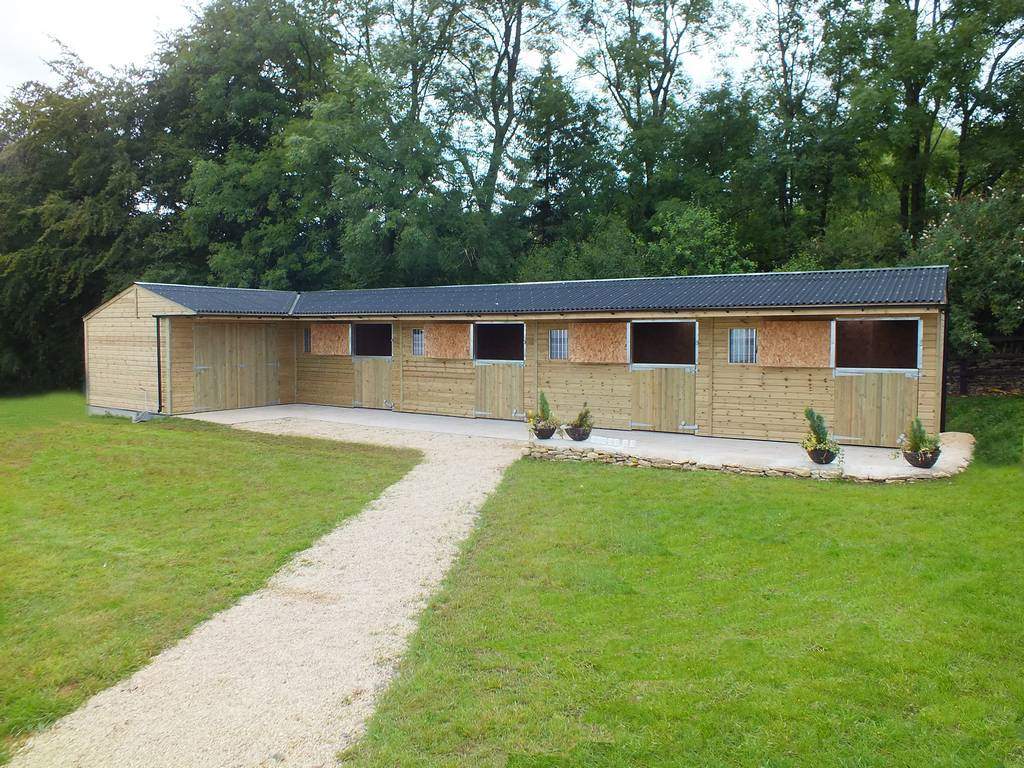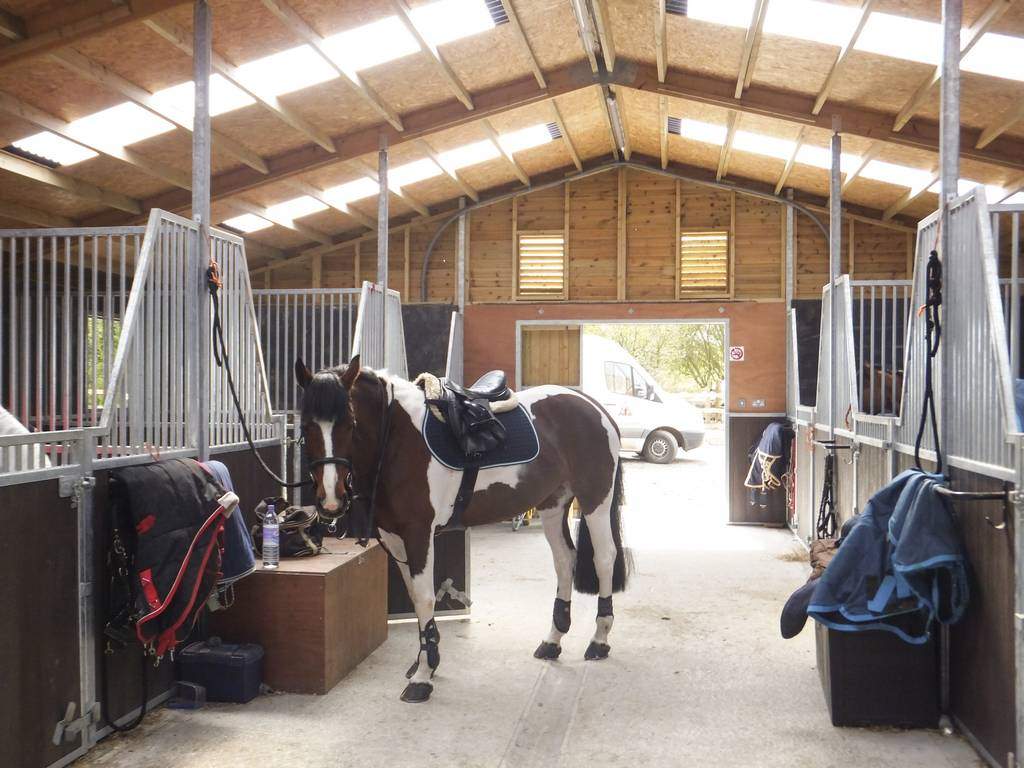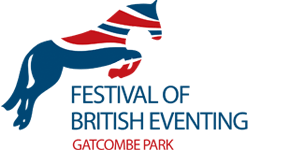One of the oldest building materials in history, you can do amazing things with wood. From cosy log cabins and perfectly constructed instruments to simple garden sheds, constructing things out of wood is not a new concept.
It is, however, becoming more and more of a hot topic for sustainable building materials as the world grows increasingly concerned with reducing the carbon footprint we leave behind. Wood carries the lowest carbon footprint of any building material and is a natural resource, meaning it is economically feasible and easy to access.
But when it comes to building with wood, there are plenty of things to consider, depending on what you want to build, of course. Which type of tree will give you the finish you want? Do I need to treat the wood once, twice, or yearly? Where do I begin? We’ve gathered some information to get you a little more familiar with wood.
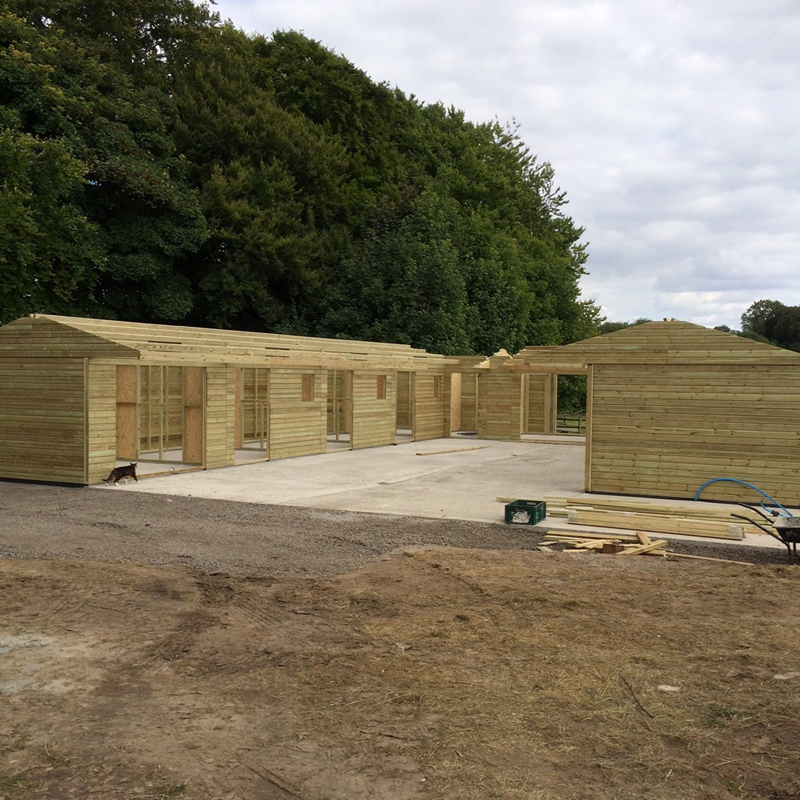
Is it Lumber or Timber?
Lumber and Timber are often used interchangeably, but is there actually a difference? The answer is yes. It all boils down to the width and thickness of the log, nothing to do with the length. Lumber is typically considered smaller than 5 inches wide by 5 inches thick, while Timber is over 5 inches wide and 5 inches thick. Due to these dimensions, lumber is typically used in residential construction, while timber is used in larger constructions (such as a bridge or large buildings.).
Softwood vs Hardwood
Generally, wood has been placed into two categories, softwood and hardwood, although having nothing to do with the density of the tree.
Hardwood originates from deciduous trees, typically more expensive and harder (but not always), heavier, generally darker with a lower sap structure, close grain, and more fire resistant than softwood. Some examples are Oak, Teak, and Mahogany.
Softwood, on the other hand, originates from evergreen trees, is typically less expensive, generally softer (but not always), almost always light and contains higher sap structure, has loose grain, and generally weighs less than hardwood. Some examples are Pine, Spruce, and Fur.
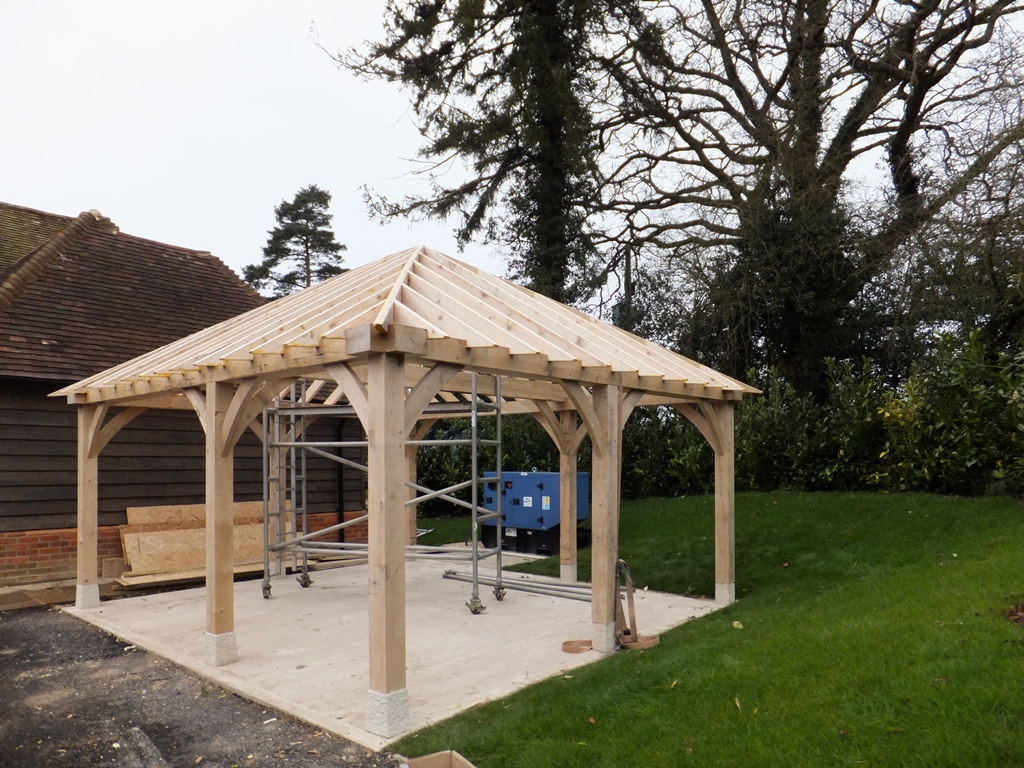
Treatment and Preservations
Being a natural resource, wood is susceptible to decay and insects. To prevent damage from both, it is important to treat your wood. There are generally three accepted ways to treat your wood- Tanalisation, Double vacuum low-pressure treatments, and Dipping.
Tanalisation- Established around the world as the leading treatment for lumber and timber, this is the method Jon William Stables uses. Timbers treated with this process can be used where special environmental concerns or restrictions exist. Finishing with a natural green tint, excellent weathering properties, increase durability, and will protect against decay and insect attacks. Colour tints can be added.
Double vacuum, low-pressure treatments- A plus to this type of treatment is that it leaves the colour of the wood virtually unchanged and will last from 30-60 years. Water repellence and a colour tint can be added.
Dipping- Most commonly used for fencing, posts, and sheds, this type of treatment is cost-effective and easy to apply, although less effective than the two above.
Hopefully, you feel a little better about building a wooden structure! There are truly amazing things you can build with wood, check out our Wooden Carriage Homes page for reference! We love sharing pictures of what we’ve accomplished with our customers.
With Jon William Stables, there’s no fussing about – when we’re done with a job, it’s move-in ready. Full ‘turnkey’ service is provided with planning permission, construction, plumbing, and electricity. Get in touch today to find out more.
